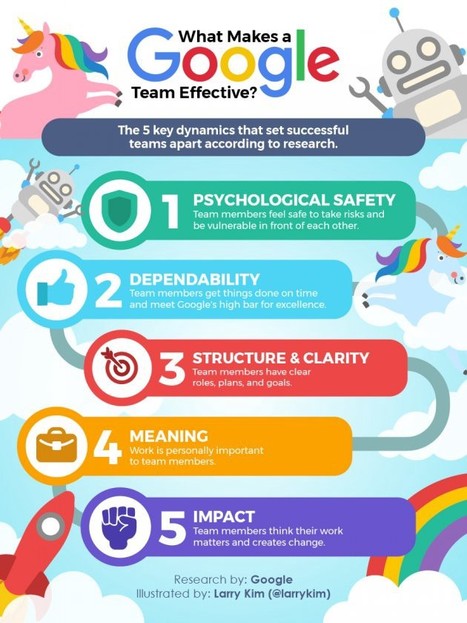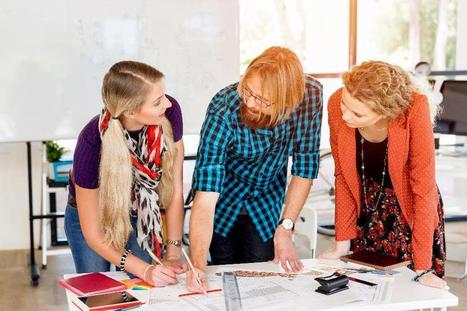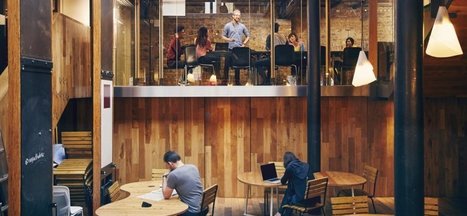Innovation is a team sport. Although creativity is a characteristic that is often used to describe individuals, the idea of the lone genius is a myth. Even famous inventors such as Thomas Edison where in reality representing the ‘work of many men’. Francis Jehl, a longtime assistant of Thomas Edison , used this phrase to describe the group of engineers who worked with Edison at his Menlo Park lab.
On the journey from ideation to a successful product launch, innovation necessitates the interaction of multiple actors, across many departments, with different expertise and knowledge. In writing about the illustrious history of Bell Labs, James Gertner notes that, ‘…almost by definition, a single person or even a single group, could not alone create an innovation. The task [is] too variegated and involved’.
Multidisciplinary collaboration is the stew in which creativity and innovation thrive. Such collaboration creates insights by exposing people to ideas from other disciplines besides their own area of specialization. This creates tremendous opportunities for serendipity. However, even in cross-functional teams, work is ultimately performed by individuals. Each person has to play their part. So how can we get the combined outputs of our teams to be more creative?
Via
The Learning Factor



 Your new post is loading...
Your new post is loading...












It’s no surprise that Google, now part of Alphabet, loves data, and the company’s execs frequently share the revelations they find, such as their insights on mobile web use. But some of us would be…
Google's Five Dynamics of team effectiveness are applicable to creating effective safety cultures as well. Dynamic 1 - psychological safety is of particular importance because so often employees fear speaking up about safety concerns.